Intro to trincomalee tourist places
Trincomalee is on the northeastern coast of Sri Lanka. It is the ancient Gokarna town and port. Located on a peninsular in Trincomalee Bay and formerly known as Koddiyar Bay, which means “Fort by the River,” one of the best natural harbors in the entire world.
The Japanese bombed Trincomalee in 1942, increasing its significance as a significant British base after the Japanese drove the British out of Singapore during World War II. After Sri Lanka gained independence, the British kept control of the harbor until 1957, when they gave it up.
So we decided to visit this unique city. Here are some of the best places there.
Koneshwaram Temple
When peeking into History, Koneswaram Temple is regarded as one of the five homes of Lord Shiva (Pancha Ishwarams). Since its founding, the temple has thrived thanks to the numerous conquering kingdoms that have protected it, including the Anuradhapura Kingdom, the Chola Empire, the Pandyan Kingdom, and the Jaffna Kingdom.
The Konesar Kalvettu, a stone inscription chronicle of the temple from the 17th century, contains a Tamil poem by Kaviraja Varothiyan that gives the shrine’s birth as 1580 B.C. maybe around.
This is one of my favorite Hindu Kovils in Sri Lanka. It is one of the significant places on the East Coast of Sri Lanka. The religious practices were so eye catchy. Also, the surround was like poking into a palace. The place was rich in architecture. The sculptures, pliers, and bricks were rich with colors and uniqueness
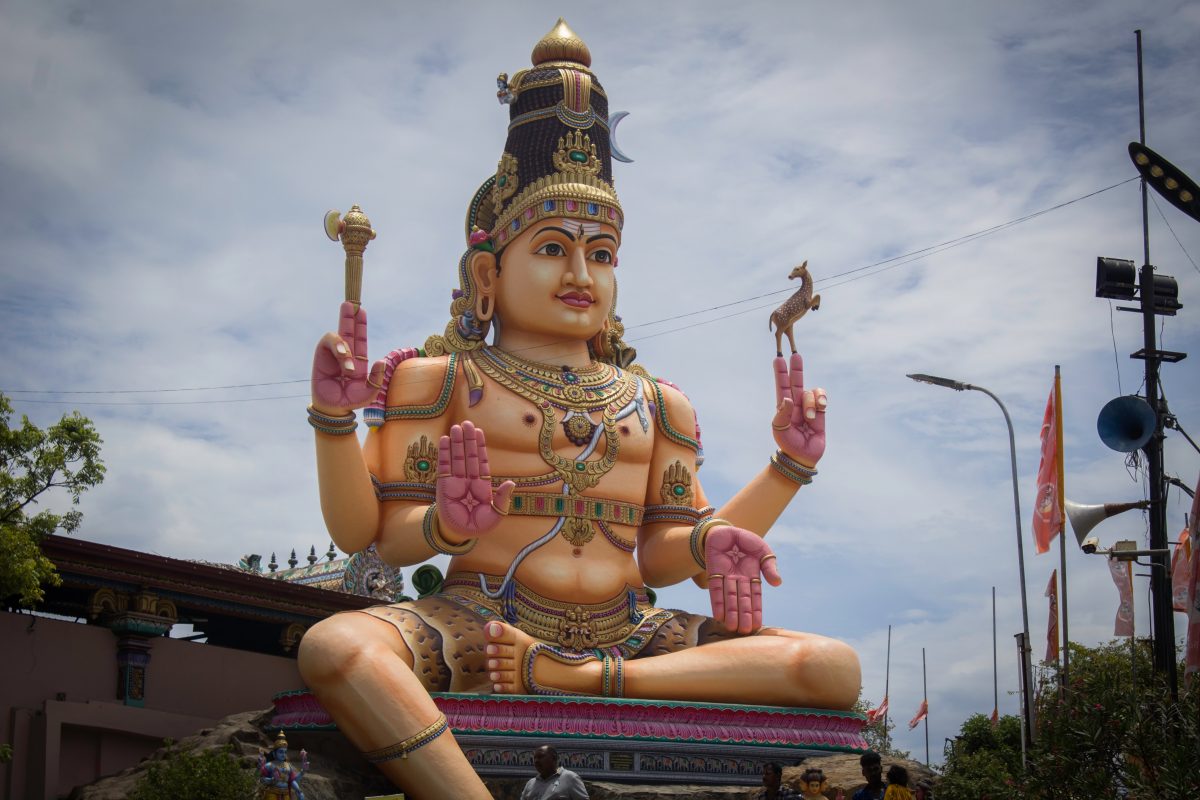
Nilaveli Beach
It’s one of Sri Lanka’s top beaches. The beach is ideal for a fabulous bath because it is so gorgeous in the evening when the sun sets. Therefore, this is the place in Trincomalee where we can most feel good.
The beach is 8 km long (according to records). There are several restaurants and guesthouses where you can stay. The seawater seemed so clear, and many natives swam on the beach. But when I stepped south, the beach was a bit nasty with plastic litter. Most importantly, the naval training faculty is there, and you can’t travel lonely to the North.
Surprisingly, the waves aren’t too big because the shore gently shelves in along the entire length of the beach.
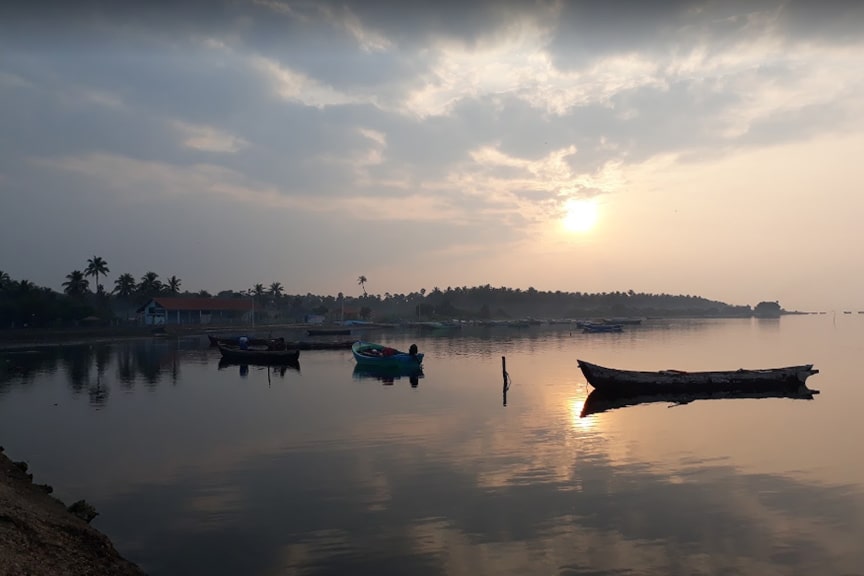
Samudragiri Viharaya in Lanka Patuna
This temple is situated in Sri Lanka’s Eastern Province’s Trincomalee district. According to legend, this is where Prince Diantha and Princess Hemamala are said to have arrived in Sri Lanka.
This place is incredible. Although this location is somewhat remote from Trincomalee Town, a private vehicle can travel there in 1 to 2 hours. There are two ways to get to this location, but the Trincomalee-Batticaloa road is the best for our visit because the other is still being built.
Although the Sri Lankan navy provided boat transportation to the temple during our visit, a bridge is currently being built, making it possible for people to access the location without difficulty soon.
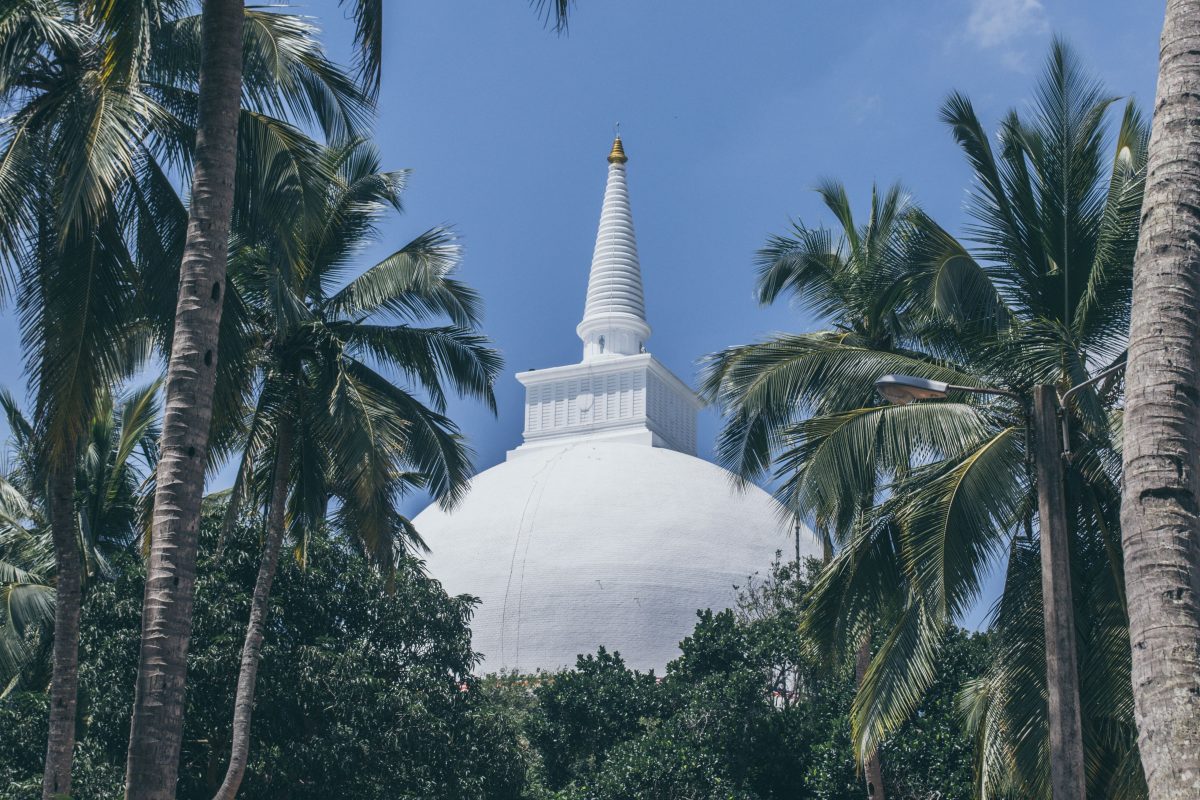
Hoods Tower Museum
This is in the Navy camp, and locals must request permission from relevant schools or institutions before visiting.
In honor of Admiral (British) Sir Samuel Hood, commander of East India, this museum is known as Hood’s Tower. This is in the Navy Dockyard in Ostenberg.
You can see everything from Hood’s Tower, but the harbor entrance is stunning ( inner & outer harbor). Its strategic location allows for monitoring all locations from a single location. Binoculars and a sizable light are located on the tower’s top.
It has LTTE submarines, supersonic suicide boats, underwater delivery vehicles, broilers, duplicator/enlarger machines (for letters), rifles, ammunition, disinfectant machines, damaged propellers, anchors, and ship engines.
Kinniya (in the distance), Elephant Point and Island, Lighthouse, Sampur, Prima Factory, Little & Major Soba Islands, etc., are all visible. From 1920, the British were in charge of Trincomalee’s harbor and naval affairs. In 1990, this museum first opened.
You can see a little jungle on the way to the museum. Also, there were three underground structures.
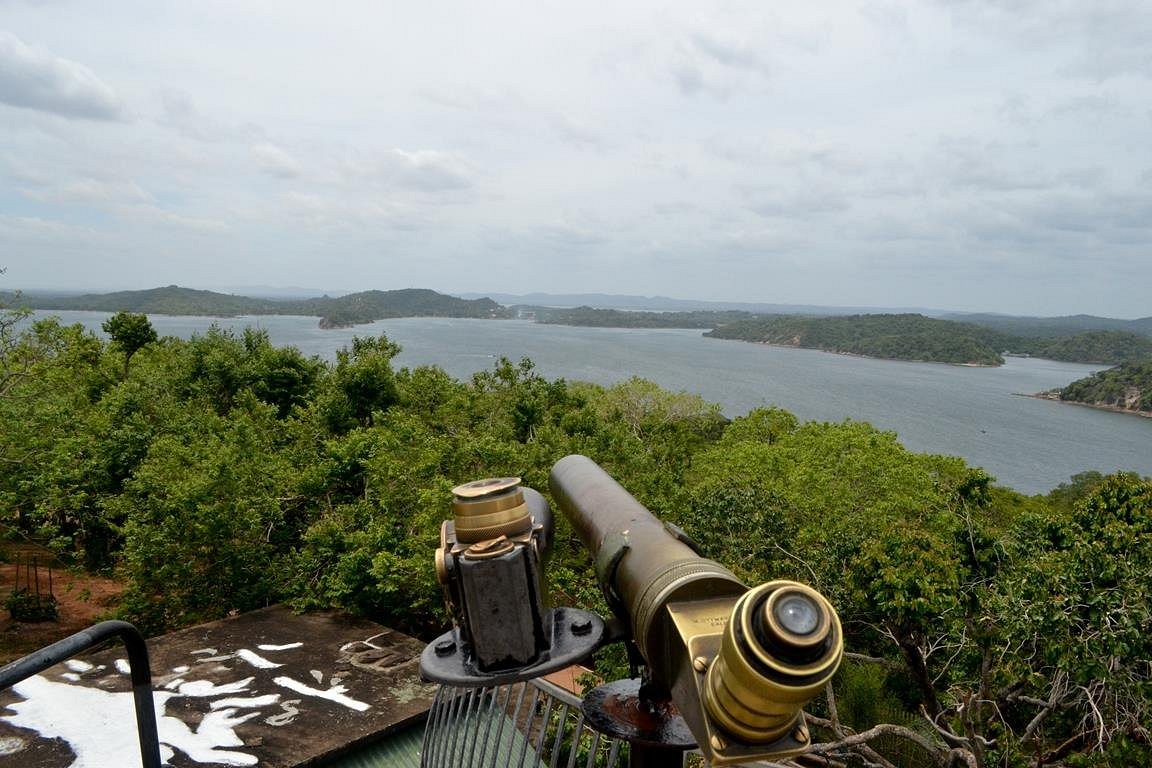
Seven hot springs in Kinniya
Seven wells with water are of various temperatures. The bottom can be seen because the water is clear and only 3 to 4 feet deep. They have a square shape to them. If you want to take a bath in one of the buckets, bring a bucket and a bathing kit because there are a few of them, and it’s crowded. Women should cover their chests and legs up.
Natives think that the legendary King Ravana built these wells for his mother. Archaeological evidence indicates that this was once a Buddhist monastery, but Eelam extremists who ruled the region during the LTTE regime destroyed most of the artifacts.
Trincomalee War Cemetery
Previously a naval station, Trincomalee is a seaport on Sri Lanka’s (Ceylon) northeastern coast. After Singapore fell, it became a crucial naval base for Sri Lankan control of shipping in the Bay of Bengal and the Indian Ocean. The Admiralty took control of the cemetery from the military authorities in April 1948 to be used as a permanent naval cemetery. The cemetery had previously been known as the Combined Services Cemetery. The Commission was given security of tenure for all time when the United Kingdom Forces left Ceylon, making it the property of the Ceylon government.
It is a war cemetery except for a few post- and non-war graves. Service war graves from the Vavuiyna Combined Cemetery, Trincomalee (St. Mary) Churchyard, Trincomalee (St. Stephen’s) Cemetery, and Trincomalee (St. Stephen’s) Cemetery have all been moved there. In Trincomalee (St. Stephen’s) Cemetery, there is a special memorial honoring a naval officer whose grave could not be located. The post-war graves were dependents of servicemen, civilian employees of the Admiralty, and dependents of such employees. The non-war graves were those of men in the Merchant Navy whose deaths were unrelated to war service. The place was beautifully and adequately maintained.
Uppuveli
This is a fascinating beach to stroll along while observing the fishermen. Seeing the nets being gathered in was fantastic, but the trash was revolting—even on more remote beaches further north, there were incredible amounts of plastic and other debris. Suitable for swimming, but polluted the water. It’s disappointing that it doesn’t seem like anything is being done to solve this issue.
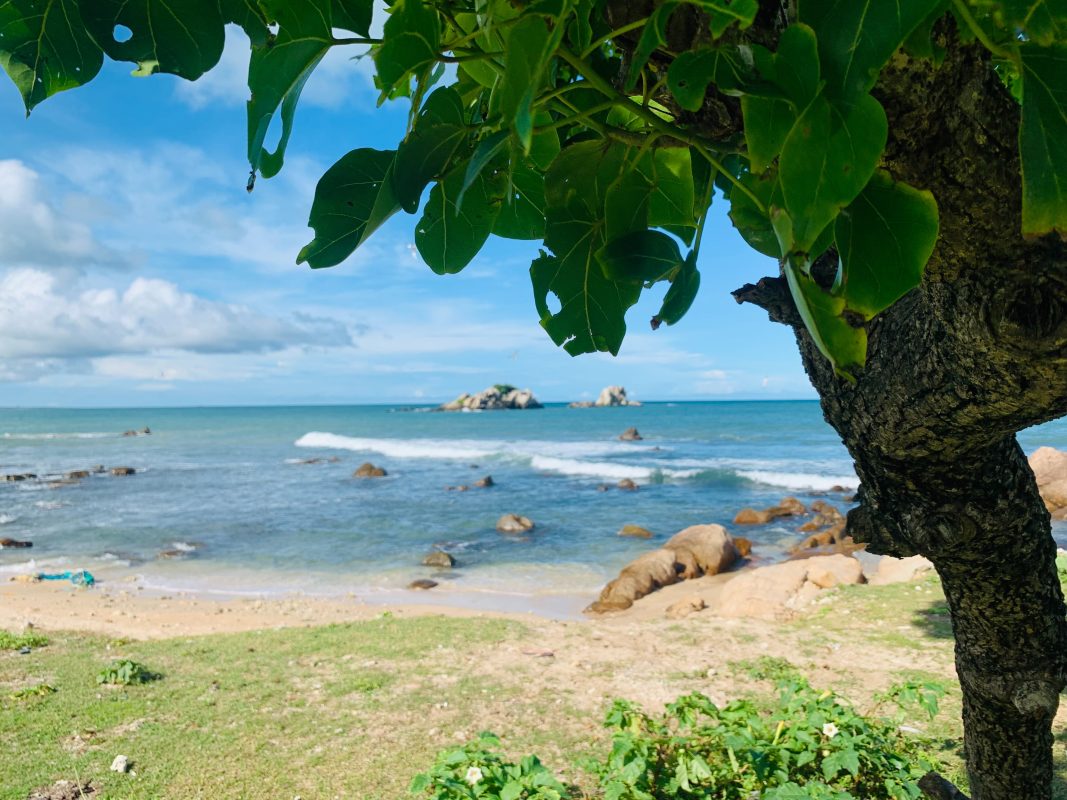
Marble beach
I’ve been looking for beaches in remote areas of the nation for years, but I’ve never found anything that compares to Marble Beach. Hawaii and the Maldives are better on a clear day during the east coast season. Maybe they are equal, but perfection is incomparable. Simply put, this is the picture-perfect castaway beach of your dreams come to life—transparently clear and brilliantly blue water, with gentle waves rolling toward snow-white sand. On the nearby hill, a lush scrub jungle rises from the sand’s edge. While schools of vibrantly colored fish swim around your ankles, you can still see monkeys and peacocks because a living forest is nearby. The critical thing is Sri Lankan Navy maintains this beach.
There so, why don’t you visit this beautiful paradise? So Visit Sri Lanka

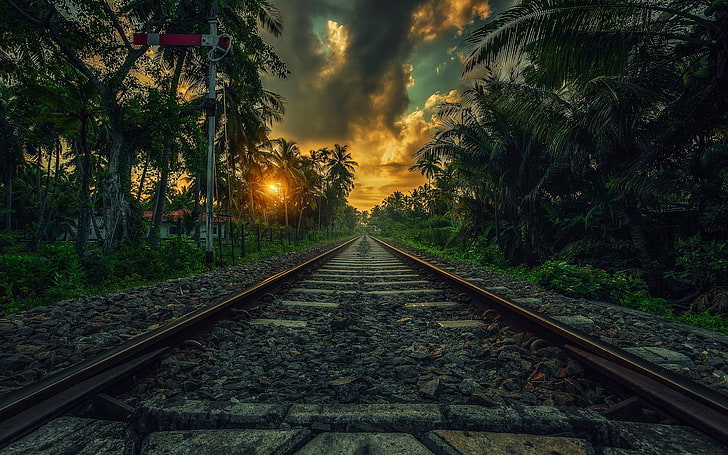
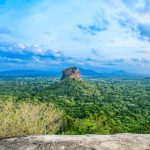
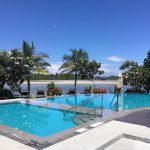
Comments are closed.